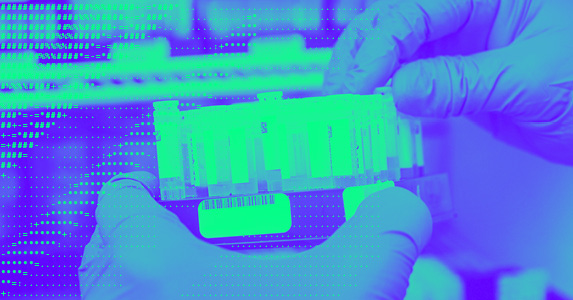Synthetic data for Real-World Evidence in healthcare
Turning healthcare data into evidence, safely and at scale
Part of the “Synthetic Data in Healthcare” blog series by Aindo. If you missed the first post, read how synthetic data is helping build better AI for healthcare to understand the foundation of this series.
Bridging the healthcare data gap with synthetic data
In healthcare, data is everywhere – but access isn’t. While real-world data (RWD) from hospitals, registries, and wearables has enormous potential to improve care, privacy risks and legal constraints often block its use.
Enter synthetic healthcare data: a powerful healthtech tool that mimics the statistical properties of real data, while keeping individual identities fully protected.
In this second post of our Synthetic Data in Healthcare series, we explore how synthetic data unlocks real-world evidence (RWE) for medical research, treatment evaluation, and healthcare system optimization while staying fully compliant with privacy regulations.
Real-World Data and Real-World Evidence
Healthcare generates data at every turn – from electronic health records and hospital registries to wearables and patient-reported outcomes. Collectively, this is known as real-world data (RWD). When analyzed systematically, RWD becomes real-world evidence (RWE): insights that complement traditional clinical trials and support decision-making in real clinical settings.
RWE helps researchers and regulators to:
- Understand how treatments perform across diverse patient populations.
- Detect rare adverse events that may not appear in limited-size trials.
- Strengthen post-marketing surveillance and pharmacovigilance.
- Inform clinical guidelines and personalized treatment planning.
Yet, the same real-world data that makes this possible is also highly sensitive. Strict privacy regulations and data-sharing constraints make it difficult to access or combine patient datasets across institutions or borders.
How synthetic data changes the game
Synthetic data offers a powerful solution. Generated by AI models trained on real datasets, it reproduces the statistical structure of the source data without exposing information about particular individuals.
This makes it possible to:
- Safely share and integrate data from multiple sources, accelerating research that would otherwise take years.
- Enhance privacy while maintaining analytical validity.
- Reduce cost and time through faster data mobility and easier regulatory compliance.
Synthetic data is already enabling RWE studies across areas such as hematological malignancies, breast cancer, brain tumors, stroke, and oncology research.
In one notable study on synthetic data for cardiovascular health, pooling data from two jurisdictions reduced analysis time from 1.5 years to just one month, while maintaining analytical performance.
For a deeper dive, read our white paper on synthetic data for clinical research.
A key enabler for advanced analytics
Beyond privacy protection, synthetic healthcare data is redefining AI in clinical research, empowering data-intensive RWE methods such as propensity-score matching and machine learning-based weighting. These techniques are used to compare treatment outcomes, adjust for confounding variables, and estimate the true effectiveness of interventions in real-world settings. They rely on large, representative datasets that capture the complexity and diversity of patient populations.
By generating enriched, high-fidelity, privacy-preserving datasets, synthetic data allows researchers to:
- Monitor treatment response across patient subgroups more closely.
- Improve estimation accuracy and reduce bias in observational studies.
- Combine datasets across institutions for large-scale cross-border analyses, enabling privacy-preserving medical data sharing aligned with initiatives such as the European Health Data Space (EHDS) that establish the framework for cross-border, privacy-preserving medical data sharing in the EU.
Together, these capabilities mark a shift toward more precise, scalable, and trustworthy RWE creation, helping researchers, policymakers, and healthtech innovators turn healthcare data into actionable insight faster than ever before.
What’s next
In our next blog post, we’ll explore how synthetic data can be used to create external control arms in clinical trials, offering a faster, ethical alternative to traditional patient recruitment.
Interested in using synthetic data for real-world evidence? Talk to us to discover how Aindo can help.


